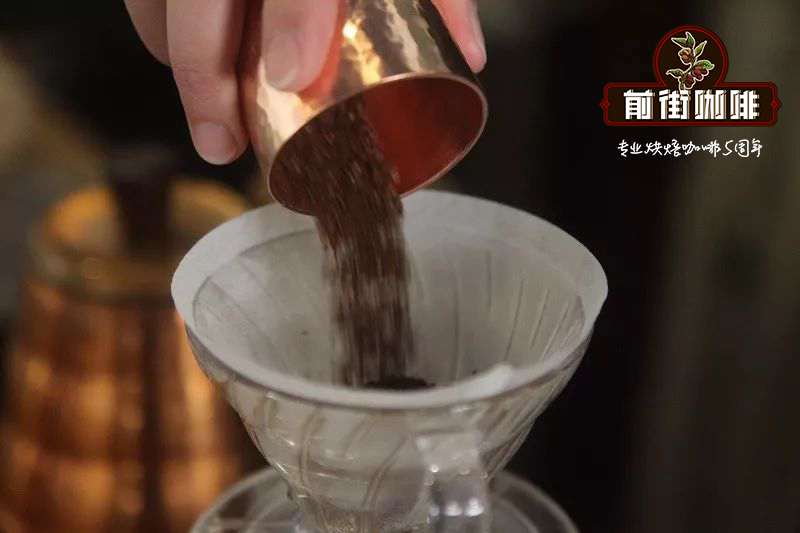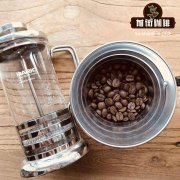How do you wash Sidamo by hand? The flavor characteristics of washing Sidamo how much is it to wash Sidamo?

Professional coffee knowledge exchange more coffee bean information please follow the coffee workshop (Wechat official account cafe_style)
[Sidamo sidamo]-- Origin
The flavor of Sidamo coffee beans is very diverse, because of the different soil composition, regional microclimate and countless native coffee varieties, the coffee produced in each urban area has obvious differences and characteristics. The Sidamo producing area (Sidama) is located in southern Ethiopia. The industry here is dominated by agriculture, and the coffee-growing area is located around the East African Great Rift Valley (Great Rift Valley).
"Ethiopian Sidamo Coffee Bean" is a type of coffee of single origin and grows in Arabica coffee in Ethiopia's Sidamo province. Like coffee in most African countries, Ethiopian Sidamo coffee beans are characterized by small gray beans, but characterized by their rich, spicy, wine or chocolate-like taste and floral aroma. The most distinctive flavors found in all Sidamo coffee beans are lemon and citrus with bright and crisp acidity.
[washing treatment]-raw bean treatment
The flavor of water-washed Sidamo coffee beans is not easy to have wild flavor, and has the characteristics of purity and freshness, which is suitable for the baking degree from City to Full City. In some excellent Ethiopian water-washed coffee beans, obvious rising lemon, citrus essential oil, jasmine and honey flavor can be detected, and the sour taste is obvious, mellow and thin.
[what is G1]-grading
Coffee beans in Ethiopia are graded according to the proportion of defective beans. Indonesian beans are mainly divided into six grades, namely G1~G6. Ethiopia also uses this method, with the highest grades of washed beans G1 and G2, and those of sun-dried beans G1 and G3.
Washing: Grade-1;Grade-2 (G1 > G2)
Sun: Grade-1 and Grade-3~Grade-5 (G1 > G3 > G4 > G5)
[factory introduction]-production area
Shakisso/Shakiso is located in the Guji producing area of Sidamo, in the south of Oromia, close to Sidama and Gedeo. There are many pits in this area, which were used to mine gold in the early days, so there are many potholes in this coffee growing area. This makes people dangerous when walking between coffee growing areas. Shakiso is a unique producing area of Guji / Cedamori, and even in Cedar Morri is a remote area far from most coffee producing areas, and another famous local product is gold ore. Miners, land, ethnicity and other factors also destabilized the region in 2006. As a result, the biggest problem facing the region now is that ─ needs manpower to maintain the growing area and harvest coffee.
Local small farmers began growing organic coffee in 2001 and work closely with medium-sized coffee producers because they are familiar with how to grow forest coffee in the highlands. It is one of the micro-producing areas with regional characteristics in the Sidamo producing area. The coffee in this region is quite unique, and the coffee produced has often attracted the attention of the market. The original meaning of Ninety Plus's legendary nekisse comes from Nectar from shakisso, and its producing area and name are all from Shaquiso Shakisso.
Flavor description: lemon and citrus, bright and crisp acidity, lemon, citrus, white grape juice, blackcurrant, Earl tea at the end
Sidama Coffee Bean Brand recommendation
The Sidamo Sakuran coffee beans baked in Qianjie Coffee are fully guaranteed in terms of brand and quality. And more importantly, the performance-to-price ratio is extremely high, a pack of 227 grams, the price is only 98 yuan. According to the calculation of 15 grams of powder per cup of coffee, a bag of coffee can make 15 cups of coffee, which costs only about 6 yuan per cup, which is recommended by conscience compared to the price sold in cafes for dozens of yuan a cup.
Important Notice :
前街咖啡 FrontStreet Coffee has moved to new addredd:
FrontStreet Coffee Address: 315,Donghua East Road,GuangZhou
Tel:020 38364473
- Prev

How to bake Sidamo coffee beans? The roasting of Sidamo coffee beans suggests the price of Sidamo coffee beans.
Professional coffee knowledge exchange more coffee bean information please follow the coffee workshop (Wechat official account cafe_style) Sidamo coffee bean production area brief introduction Sidama coffee bean flavor is very diverse. Different soil types, microclimates and countless native coffee species, towering mountains, highlands, plateaus, valleys and plains, diverse topography, and the
- Next

Comparison of the five methods of hand-brewing coffee: the difference of continuous water flavor and taste
Professional coffee knowledge exchange more coffee bean information please follow the coffee workshop (Wechat official account cafe_style) five methods of hand coffee? The difference between hand-brewing coffee and continuous water? What are the skills of making coffee by hand? The height, velocity and disturbance of the water column are the key factors affecting the hand flushing.
Related
- Detailed explanation of Jadeite planting Land in Panamanian Jadeite Manor introduction to the grading system of Jadeite competitive bidding, Red bid, Green bid and Rose Summer
- Story of Coffee planting in Brenka region of Costa Rica Stonehenge Manor anaerobic heavy honey treatment of flavor mouth
- What's on the barrel of Blue Mountain Coffee beans?
- Can American coffee also pull flowers? How to use hot American style to pull out a good-looking pattern?
- Can you make a cold extract with coffee beans? What is the right proportion for cold-extracted coffee formula?
- Indonesian PWN Gold Mandrine Coffee Origin Features Flavor How to Chong? Mandolin coffee is American.
- A brief introduction to the flavor characteristics of Brazilian yellow bourbon coffee beans
- What is the effect of different water quality on the flavor of cold-extracted coffee? What kind of water is best for brewing coffee?
- Why do you think of Rose Summer whenever you mention Panamanian coffee?
- Introduction to the characteristics of authentic blue mountain coffee bean producing areas? What is the CIB Coffee Authority in Jamaica?

